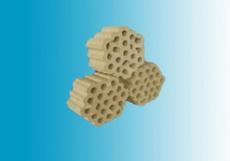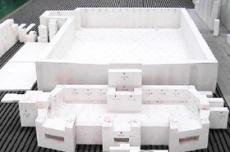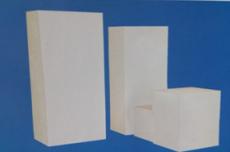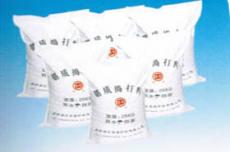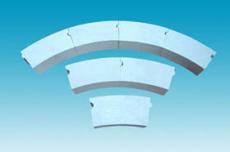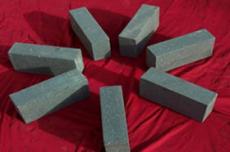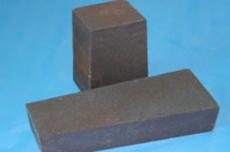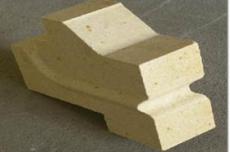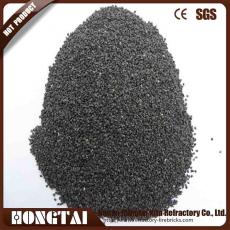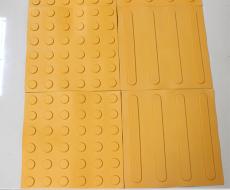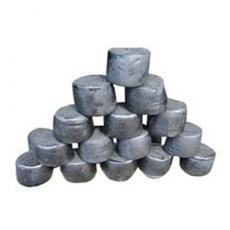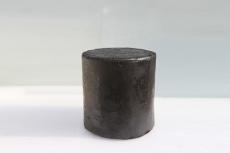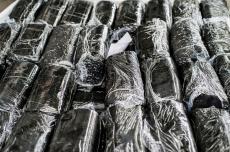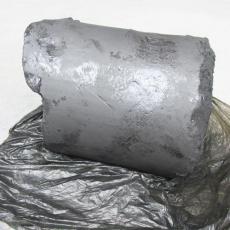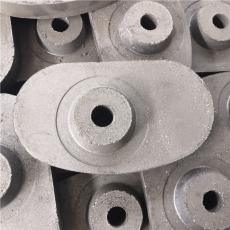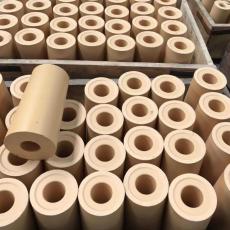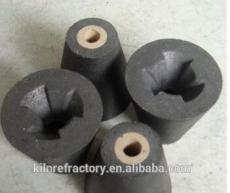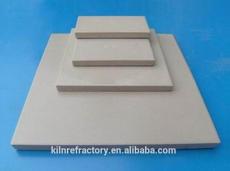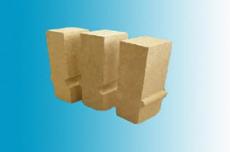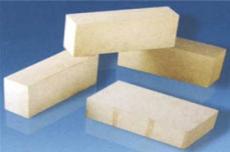
The erosion and damage of refractory materials in the regenerator are mainly caused by mechanical erosion of flame gas and glass liquid, as well as chemical erosion of flying materials and alkali vapor. Flying materials cause the most serious damage to refractory materials, mainly damaging the upper part of the glass kiln and the regenerator. The erosion of the regenerator is prone to blockage, affecting the heat transfer efficiency and the ultimate service life. The temperature of the regenerator grid from the top to the bottom is in a wide range of 600 to 1500℃. It is generally in a harsh working environment such as high temperature, physical damage, and chemical erosion. It can be summarized as follows:
1) The periodic change of temperature causes the stress of the brick structure to change, resulting in cracks and damage;
2) Physical erosion of glass batch dust, volatiles of alkaline components, ash and dust in fuel oil;
3) Chemical erosion of high temperature and alkali vapor;
4) Various oxidation-reduction reactions cause refractory material deterioration, fatigue, changes in structure and crystal phase, causing cracking, peeling and scattering;
5) Damage caused by mechanical stress generated by the dead weight of the grid brick.
Therefore, combined with the working environment and working principle of the regenerator, the performance requirements of the regenerator refractory are summarized as follows:
① High temperature resistance. Whether it is for the recovery of waste heat or for high temperature preheating, the regenerator refractory is required to adapt to the working conditions in a high temperature environment for a long time. Therefore, the grid body needs to achieve high refractoriness.
②Good thermal shock stability. The lattice body is always in a working state of alternating hot and cold cycles. Its surface temperature and internal temperature change periodically over time, and it is subjected to stress caused by changes in the temperature difference between the inside and the outside. If the thermal shock stability of the material is poor, then when the temperature changes, the lattice body will be damaged due to the influence of temperature stress, resulting in blockage of the air flow channel, affecting the normal operation of the heat storage chamber.
③Good thermal conductivity and high thermal storage density. As a heat storage chamber material, it is necessary to absorb or release heat quickly during work, so that during the heat exchange process, the heat of the exothermic medium can be transferred to the inside of the lattice body and effectively transferred to the preheated medium. It is also necessary to have a high thermal storage density. The thermal storage density is a parameter that measures the thermal storage capacity of the material. It is the product of density and specific heat. Therefore, the lattice body must also have a high density.
④Have sufficient structural strength. The heat storage body works at high temperature and under the conditions of the upper layer and its own weight, so it must have high high-temperature structural strength (high-temperature compressive strength).
